Zander
Miembro habitual
- Mensajes
- 4.800
- Reacciones
- 848




















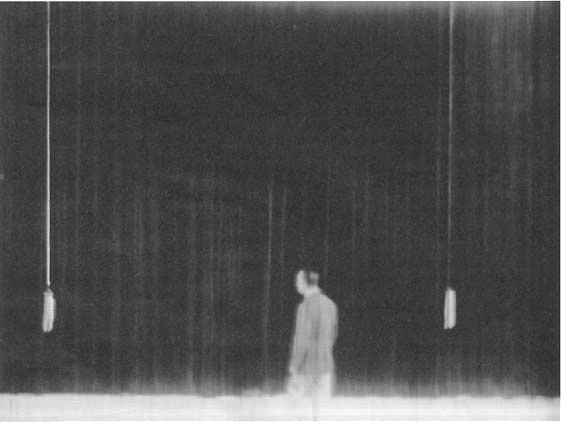

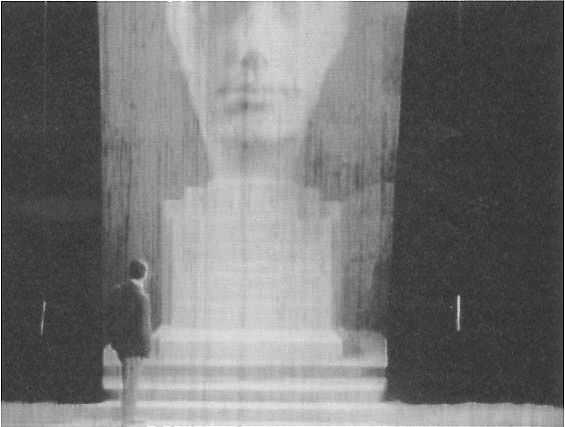

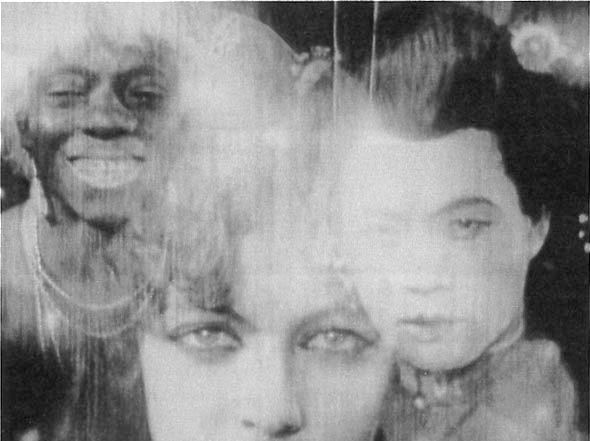
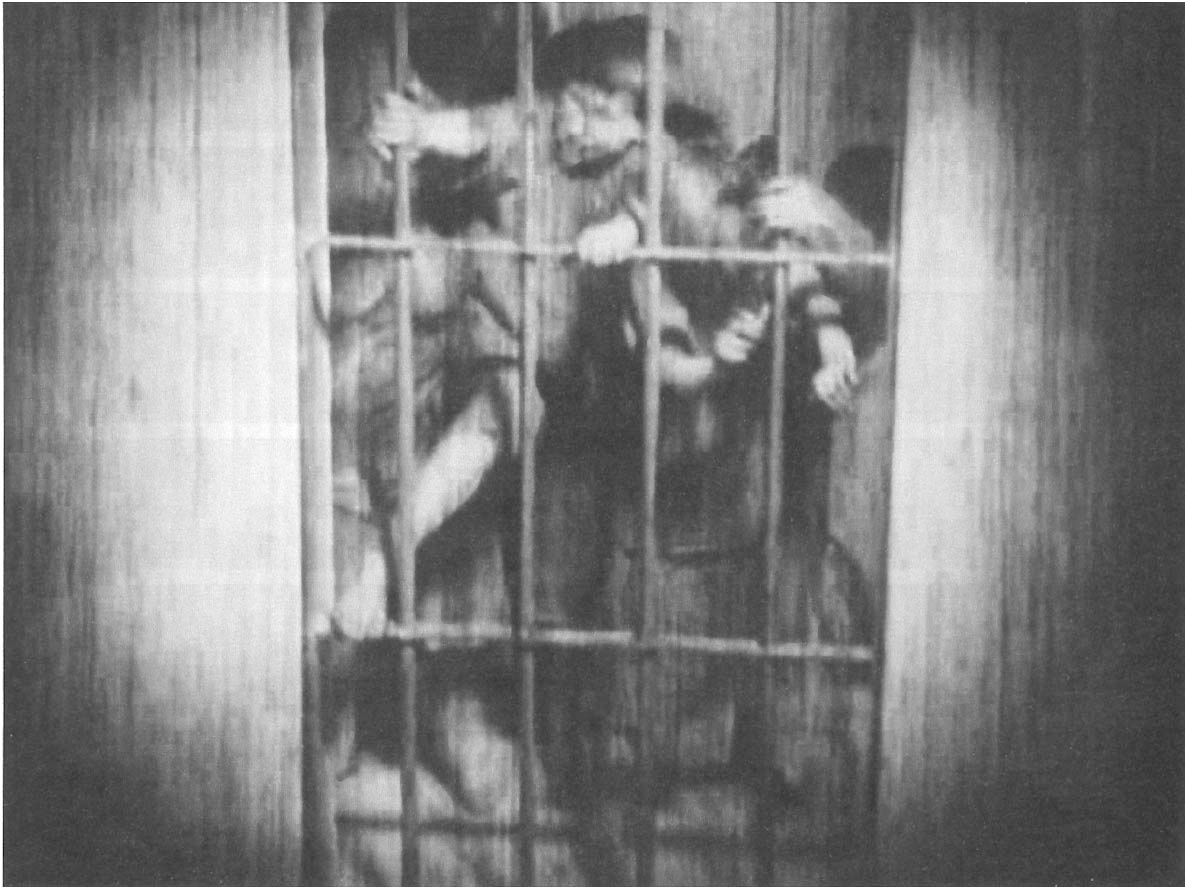



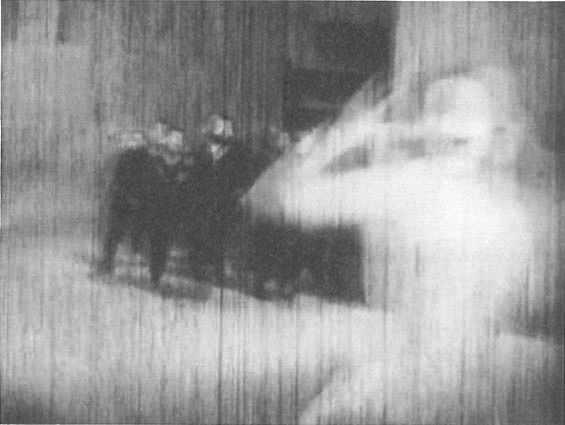

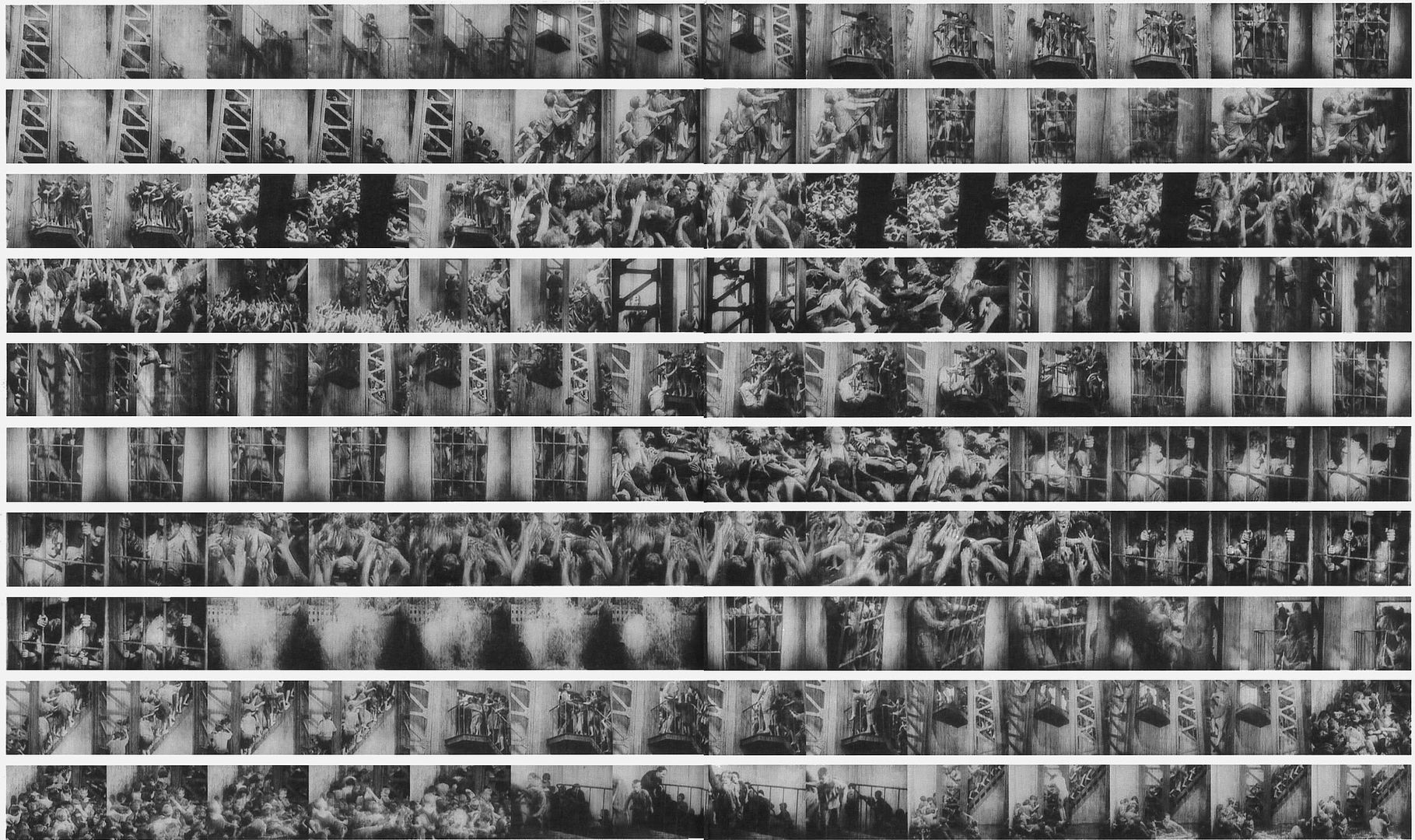
I just came from the exhibition an hour ago, and except for my wife and one or two other people, who spoke spoke English, everybody in that auditorium spoke Spanish.
In total there are 23 minutes of the film that were recovered. You will see everything on video shortly because there were a lot of cameras (video and photo) everywhere.
There are bits here and there (you can say, this take is in the actual print, this one is not), but the exhibition consisted of only 4 sequences.
The first sequence is the one in which the worker with whom Frederer exchanges clothes gets into his car and gets lost in Yoshiwara, the street of sin.
The second one is brief and it shows a newspaper stand in which also appears the guy who have to follow Frederer on orders from his father.
The third one is the one in which the false Maria is introduced in Yoshiwara. Along with alternate takes and the appearance of a preacher just before the introduction of the seven capital sins. This scene features titles in Spanish (like the entire print) reportedly written by director Leopoldo Torres Ríos, and Paula Félix-Didier (of the Museo del Cine Pablo Ducrós Hicken) said that he gave a tango lyric kind of feel to them.
The last sequence was the longest: it includes the complete scenes of Frederer meeting with the real Maria and trying to rescue the children, including takes that are present in the actual prints plus others that are not. You can see more of the drowning, the actual ceiling of Metropolis where the water enters, intertitles in Spanish, and the children locked on bars trying to escape the flood until Frederer manage to release it and the kids began to escape.
It was really a miracle to be in that audience that featured almost only journalists!!!!!
The copyright of the film belongs to the F-W-Murnau-Stitfung and for that reason now German and the Buenos Aires city will have to negotiate a purchase of a copy the print, since they are not going to sell it.
The reason why this film survived is because the film was released by a company called "Cinematográfica Terra", owned by Adolfo Wilson, that brought to Argentina the complete version of the film, and not the edited version distributed by Paramount in the United States. The intertitles are all in Spanish and reportedly they were translated or adapted by Leopoldo Torres Ríos in a tango mood (he was also a lyricist).
A print of the film was purchased by film historian and critic Manuel Peña Rodríguez and, in the seventies, the 35mm nitrate print was reduced to 16mm for preservation in the seventies after bein purchased, along with the entire Peña Rodríguez collection by a State institution. In 1992, the collection was donated to the Museo del Cine Pablo Ducrós Hicken, and for years they tried in vain to have people in Germany to know about this version. They didn't care until film historian and collector Fernando Martín Peña, called Luciano Berratúa in Spain after looking for his phone in a guide. He did see the images and he himself contacted Ennos Patalas who finally gave the OK.
Argentina have a long tradition of Cine Clubs that goes back to 1929. So... I guess many people will have to learn Spanish.
The material is terribly banged up, being a 16 mm dupe negative made from a no longer extant nitrate print, which was duplicated some decades ago after many years of heavy use. Nevertheless one can now see the director's cut of Metropolis, 80 years after we all believed the original version was destroyed. Contrary to our thinking, obviously at least one print of the original cut made it into distribution, albeit in Argentina.
Only one of the missing scenes (the monk in the cathedral) remains missing, because it happened to be at a reel end that got badly torn. The rest is there.
About 10 pages of information and frame enlargements from many more missing sequences are in the printed edition of DIE ZEIT, which is coming out today. I guess you can find this at the news stands in most countries in Europe, don't know about the international edition overseas. Flip through it before you buy it, the articles about Metropolis are in the somewhat glossy "Zeit Magazin Leben" which comes with the paper. It will surely become a collector's item.
Kudos to Paula Felix-Didiér and her initiative to unearth the material and share the information.
A lot of thinking is now necessary to find ways to incorporate this material into the existing restoration, released on DVD by Transit Film and Kino International, among others. It has titles and black leader where the missing parts once were so in principle one could just insert whatever is new at those inserts. The good news is that Friedrich-Wilhelm-Murnau-Stiftung intends to do just that once access to the material has been granted.
The critical edition of Metropolis on DVD, which Enno Patalas derived from the 2001 restoration in order to create a "full" version of Metropolis has even more information about the missing scenes, and has the option to fill the missing scenes with not only black leader, but information from the script and other sources. When ran in synch with the material found in Buenos Aires, it is amazing to see how everything falls into place now.
The scene comes at the beginning of Part II, the Zwischenspiel or Intermezzo. On the critical edition DVD there is 57 seconds of black leader between the scenes of Freder entering the cathedral and then looking at the sculptures of the Seven Deadly Sins. According to the screenplay the missing footage shows two scenes, a monk with a fanatical facial expression in the cathedral pulpit, citing a passage in the Book of Revelation predicting the Apocalypse, and reading the passage that begins: "I saw a woman sit upon a scarlet coloured beast, full of names of blasphemy, having seven heads and ten horns..... " The monk then reads the passage about the woman robed in purple and scarlet and points to the words "the great Babylon", then the scene shifts briefly to showing the machine that will become the bad Maria sitting enthroned in Rotwang's laboratory. He turns to her and says: "You will destroy Joh Fredersen--him and his city and his son." I assume that this latter scene exists in the Buenos Aires print.
B-52 dijo:¿Soy el único emocionado por esta noticia?

B-52 dijo:Por otro lado, parece que no se trata de una versión íntegra, puesto que hay un par de escenas que no están recuperadas...
Por supuesto, incluirá el metraje encontrado.Mensch Maschine dijo:¿Pero incluirá el nuevo metraje encontrado o es simplemente una reedición de la restauración de 2002?

 .
. ...
...
 .
.
